Whole Numbers
Whole numbers are a set of numbers that include all the natural numbers (also known as counting numbers) along with zero. The set of whole numbers is represented as {0, 1, 2, 3, 4, ...}. These numbers are used for counting objects and are commonly used in everyday life.
Key Points about Whole Numbers
- Counting: Whole numbers are used for counting objects, people, or things. For example, if you have 5 apples, you would represent the quantity as the whole number 5.
- Zero: Unlike natural numbers, which start at 1, whole numbers include the number 0. Zero represents the absence of quantity.
- Addition and Subtraction: Whole numbers are used in basic arithmetic operations such as addition and subtraction. When you add or subtract whole numbers, the result will always be another whole number.
- Representation on a Number Line: Whole numbers can be represented on a number line, with each number being plotted at equal intervals. This helps in visualizing the order and magnitude of whole numbers.
- Infinite Set: The set of whole numbers is infinite, as there is no largest whole number. You can always count higher and higher.
In summary, whole numbers are an essential part of mathematics and are used for counting, basic arithmetic operations, and understanding numerical order and magnitude.
.◂Math Worksheets and Study Guides Kindergarten. Whole Numbers
Worksheet/Answer key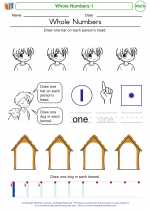 Whole Numbers 1
Whole Numbers 1  Worksheet/Answer key
Worksheet/Answer key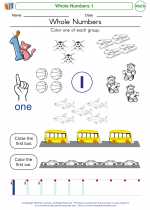 Whole Numbers 1
Whole Numbers 1  Worksheet/Answer key
Worksheet/Answer key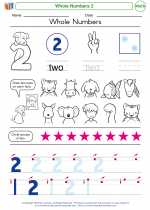 Whole Numbers 2
Whole Numbers 2  Worksheet/Answer key
Worksheet/Answer key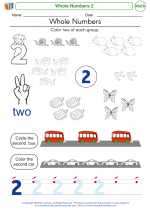 Whole Numbers 2
Whole Numbers 2  Worksheet/Answer key
Worksheet/Answer key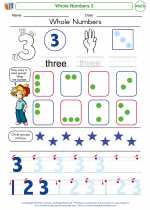 Whole Numbers 3
Whole Numbers 3  Worksheet/Answer key
Worksheet/Answer key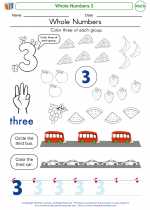 Whole Numbers 3
Whole Numbers 3  Worksheet/Answer key
Worksheet/Answer key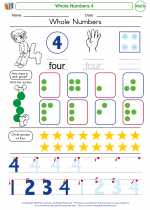 Whole Numbers 4
Whole Numbers 4  Worksheet/Answer key
Worksheet/Answer key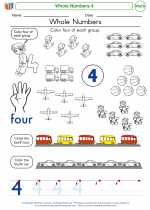 Whole Numbers 4
Whole Numbers 4  Worksheet/Answer key
Worksheet/Answer key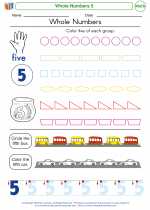 Whole Numbers 5
Whole Numbers 5  Worksheet/Answer key
Worksheet/Answer key Whole Numbers 5
Whole Numbers 5  Worksheet/Answer key
Worksheet/Answer key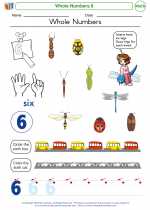 Whole Numbers 6
Whole Numbers 6  Worksheet/Answer key
Worksheet/Answer key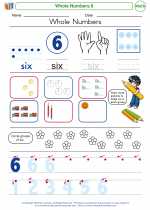 Whole Numbers 6
Whole Numbers 6  Worksheet/Answer key
Worksheet/Answer key Whole Numbers 7
Whole Numbers 7  Worksheet/Answer key
Worksheet/Answer key Whole Numbers 7
Whole Numbers 7  Worksheet/Answer key
Worksheet/Answer key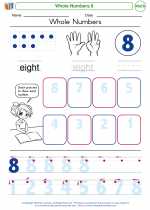 Whole Numbers 8
Whole Numbers 8  Worksheet/Answer key
Worksheet/Answer key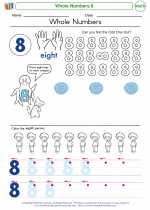 Whole Numbers 8
Whole Numbers 8  Worksheet/Answer key
Worksheet/Answer key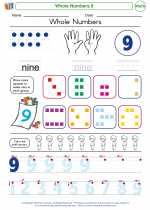 Whole Numbers 9
Whole Numbers 9  Worksheet/Answer key
Worksheet/Answer key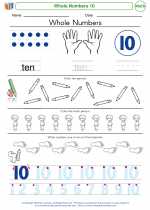 Whole Numbers 10
Whole Numbers 10  Worksheet/Answer key
Worksheet/Answer key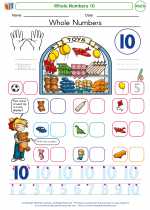 Whole Numbers 10
Whole Numbers 10  Worksheet/Answer key
Worksheet/Answer key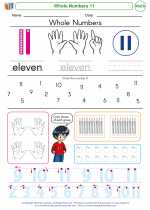 Whole Numbers 11
Whole Numbers 11  Worksheet/Answer key
Worksheet/Answer key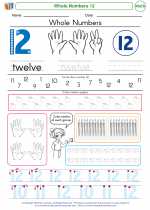 Whole Numbers 12
Whole Numbers 12  Worksheet/Answer key
Worksheet/Answer key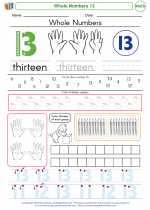 Whole Numbers 13
Whole Numbers 13  Worksheet/Answer key
Worksheet/Answer key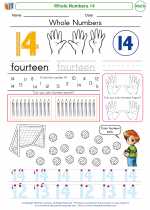 Whole Numbers 14
Whole Numbers 14  Worksheet/Answer key
Worksheet/Answer key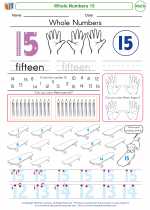 Whole Numbers 15
Whole Numbers 15  Worksheet/Answer key
Worksheet/Answer key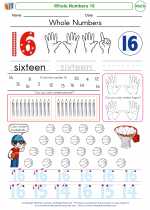 Whole Numbers 16
Whole Numbers 16  Worksheet/Answer key
Worksheet/Answer key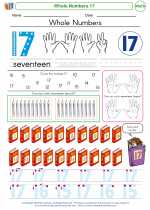 Whole Numbers 17
Whole Numbers 17  Worksheet/Answer key
Worksheet/Answer key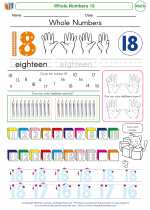 Whole Numbers 18
Whole Numbers 18  Worksheet/Answer key
Worksheet/Answer key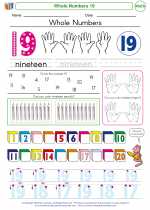 Whole Numbers 19
Whole Numbers 19  Worksheet/Answer key
Worksheet/Answer key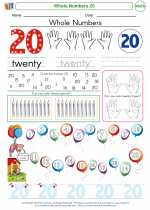 Whole Numbers 20
Whole Numbers 20  Worksheet/Answer key
Worksheet/Answer key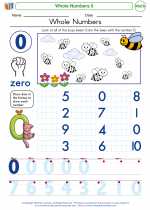 Whole Numbers 0
Whole Numbers 0  Worksheet/Answer key
Worksheet/Answer key Whole Numbers
Whole Numbers  Worksheet/Answer key
Worksheet/Answer key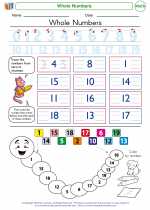 Whole Numbers
Whole Numbers  Worksheet/Answer key
Worksheet/Answer key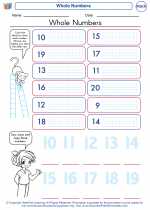 Whole Numbers
Whole Numbers  Worksheet/Answer key
Worksheet/Answer key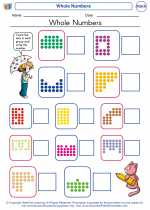 Whole Numbers
Whole Numbers  Worksheet/Answer key
Worksheet/Answer key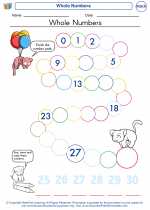 Whole Numbers
Whole Numbers  Worksheet/Answer key
Worksheet/Answer key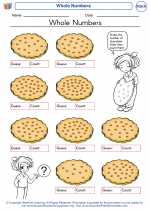 Whole Numbers
Whole Numbers  Worksheet/Answer key
Worksheet/Answer key Whole Numbers
Whole Numbers  Worksheet/Answer key
Worksheet/Answer key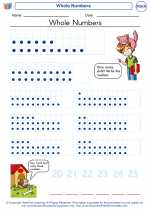 Whole Numbers
Whole Numbers  Worksheet/Answer key
Worksheet/Answer key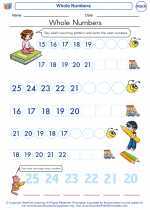 Whole Numbers
Whole Numbers  Worksheet/Answer key
Worksheet/Answer key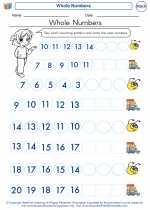 Whole Numbers
Whole Numbers  Worksheet/Answer key
Worksheet/Answer key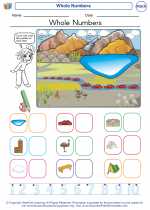 Whole Numbers
Whole Numbers  Worksheet/Answer key
Worksheet/Answer key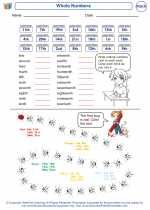 Whole Numbers
Whole Numbers  Worksheet/Answer key
Worksheet/Answer key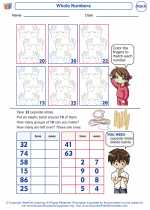 Whole Numbers
Whole Numbers  Worksheet/Answer key
Worksheet/Answer key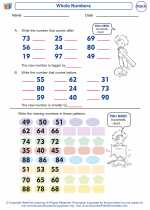 Whole Numbers
Whole Numbers  Worksheet/Answer key
Worksheet/Answer key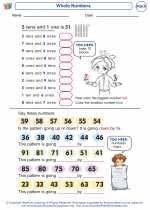 Whole Numbers
Whole Numbers 

 Worksheet/Answer key
Worksheet/Answer key
 Worksheet/Answer key
Worksheet/Answer key
 Worksheet/Answer key
Worksheet/Answer key
 Worksheet/Answer key
Worksheet/Answer key
 Worksheet/Answer key
Worksheet/Answer key
 Worksheet/Answer key
Worksheet/Answer key
 Worksheet/Answer key
Worksheet/Answer key
 Worksheet/Answer key
Worksheet/Answer key
 Worksheet/Answer key
Worksheet/Answer key
 Worksheet/Answer key
Worksheet/Answer key
 Worksheet/Answer key
Worksheet/Answer key
 Worksheet/Answer key
Worksheet/Answer key
 Worksheet/Answer key
Worksheet/Answer key
 Worksheet/Answer key
Worksheet/Answer key
 Worksheet/Answer key
Worksheet/Answer key
 Worksheet/Answer key
Worksheet/Answer key
 Worksheet/Answer key
Worksheet/Answer key
 Worksheet/Answer key
Worksheet/Answer key
 Worksheet/Answer key
Worksheet/Answer key
 Worksheet/Answer key
Worksheet/Answer key
 Worksheet/Answer key
Worksheet/Answer key
 Worksheet/Answer key
Worksheet/Answer key
 Worksheet/Answer key
Worksheet/Answer key
 Worksheet/Answer key
Worksheet/Answer key
 Worksheet/Answer key
Worksheet/Answer key
 Worksheet/Answer key
Worksheet/Answer key
 Worksheet/Answer key
Worksheet/Answer key
 Worksheet/Answer key
Worksheet/Answer key
 Worksheet/Answer key
Worksheet/Answer key
 Worksheet/Answer key
Worksheet/Answer key
 Worksheet/Answer key
Worksheet/Answer key
 Worksheet/Answer key
Worksheet/Answer key
 Worksheet/Answer key
Worksheet/Answer key
 Worksheet/Answer key
Worksheet/Answer key
 Worksheet/Answer key
Worksheet/Answer key
 Worksheet/Answer key
Worksheet/Answer key
 Worksheet/Answer key
Worksheet/Answer key
 Worksheet/Answer key
Worksheet/Answer key
 Worksheet/Answer key
Worksheet/Answer key
 Worksheet/Answer key
Worksheet/Answer key
 Worksheet/Answer key
Worksheet/Answer key
 Worksheet/Answer key
Worksheet/Answer key
 Worksheet/Answer key
Worksheet/Answer key
 Worksheet/Answer key
Worksheet/Answer key

The resources above cover the following skills:
Counting and Cardinality
Know number names and the count sequence.
Count to 100 by ones and by tens. [K-CC1]
Count forward beginning from a given number within the known sequence (instead of having to begin at 1). [K-CC2]
Count to tell the number of objects.
Understand the relationship between numbers and quantities; connect counting to cardinality. [K-CC4]
When counting objects, say the number names in the standard order, pairing each object with one and only one number name and each number name with one and only one object. [K-CC4a]
Understand that the last number name said tells the number of objects counted. The number of objects is the same regardless of their arrangement or the order in which they were counted. [K-CC4b]
Understand that each successive number name refers to a quantity that is one larger. [K-CC4c]
Count to answer “how many?” questions about as many as 20 things arranged in a line, a rectangular array, or a circle, or as many as 10 things in a scattered configuration; given a number from 1-20, count out that many objects. [K-CC5]
Compare numbers.
Compare two numbers between 1 and 10 presented as written numerals. [K-CC7]
Operations and Algebraic Thinking
Understand addition as putting together and adding to, and understand subtraction as taking apart and taking from.
Represent addition and subtraction with objects, fingers, mental images, drawings, sounds (e.g., claps), acting out situations, verbal explanations, expressions, or equations. (Drawings need not show details, but should show the mathematics in the problem. This applies wherever drawings are mentioned in the Standards.) [K-OA1]
Solve addition and subtraction word problems, and add and subtract within 10, e.g., by using objects or drawings to represent the problem. [K-OA2]
Fluently add and subtract within 5. [K-OA5]